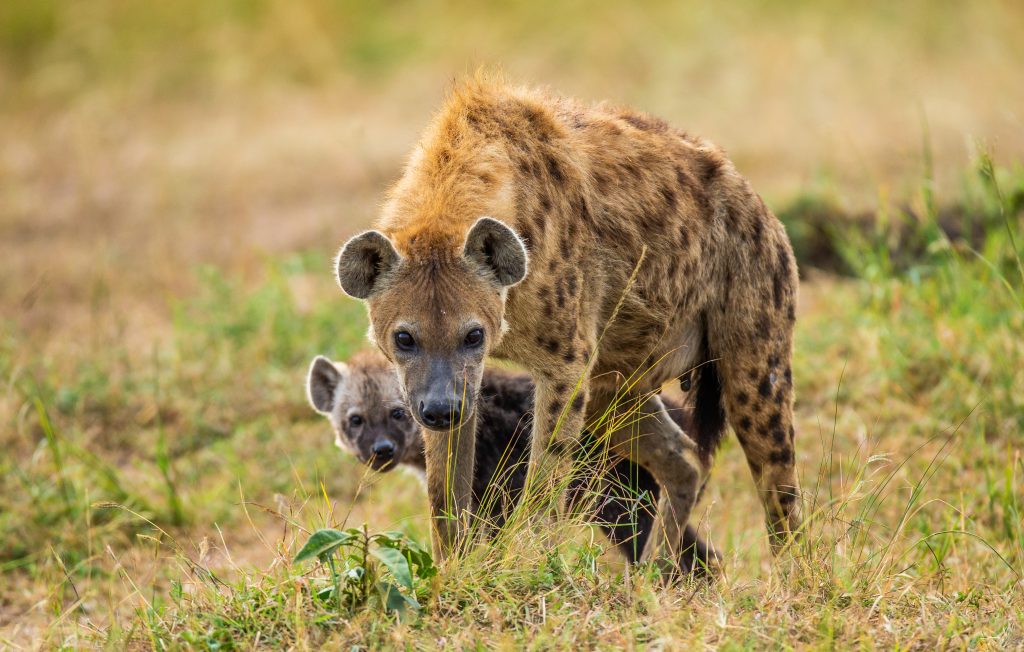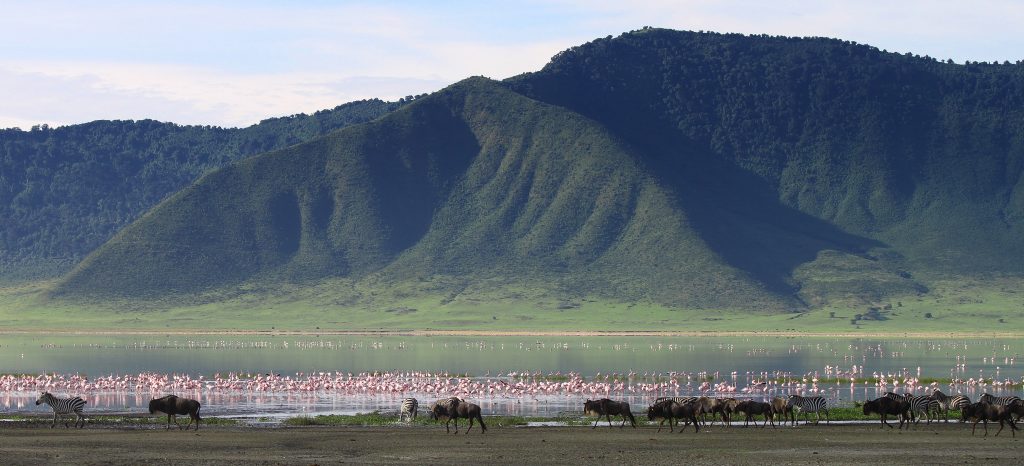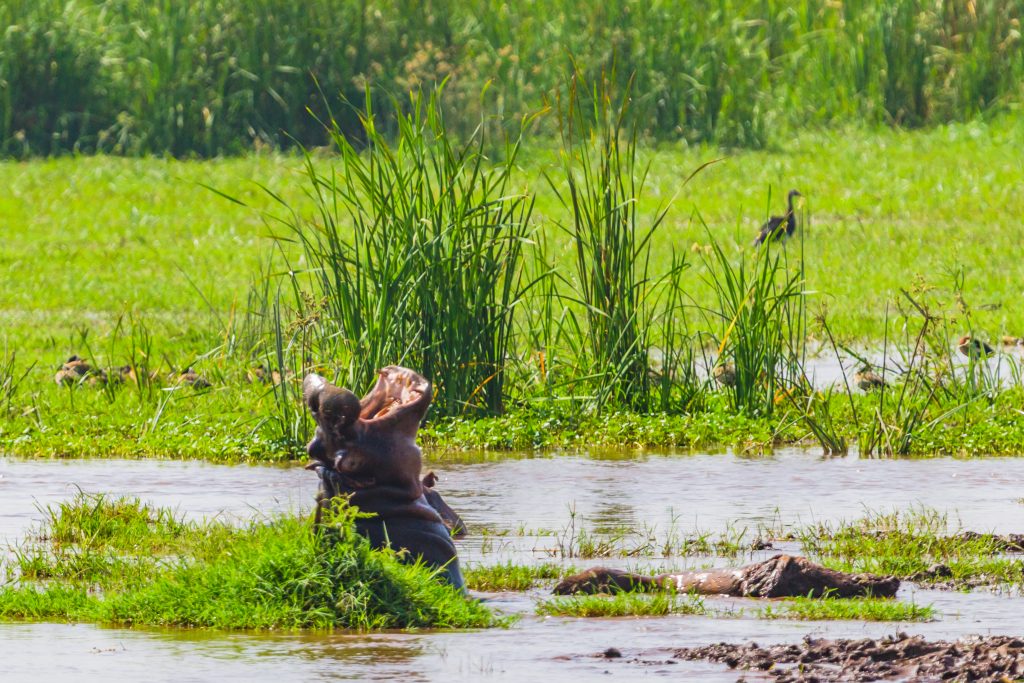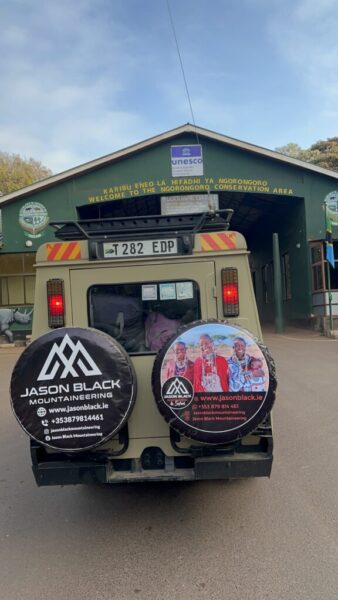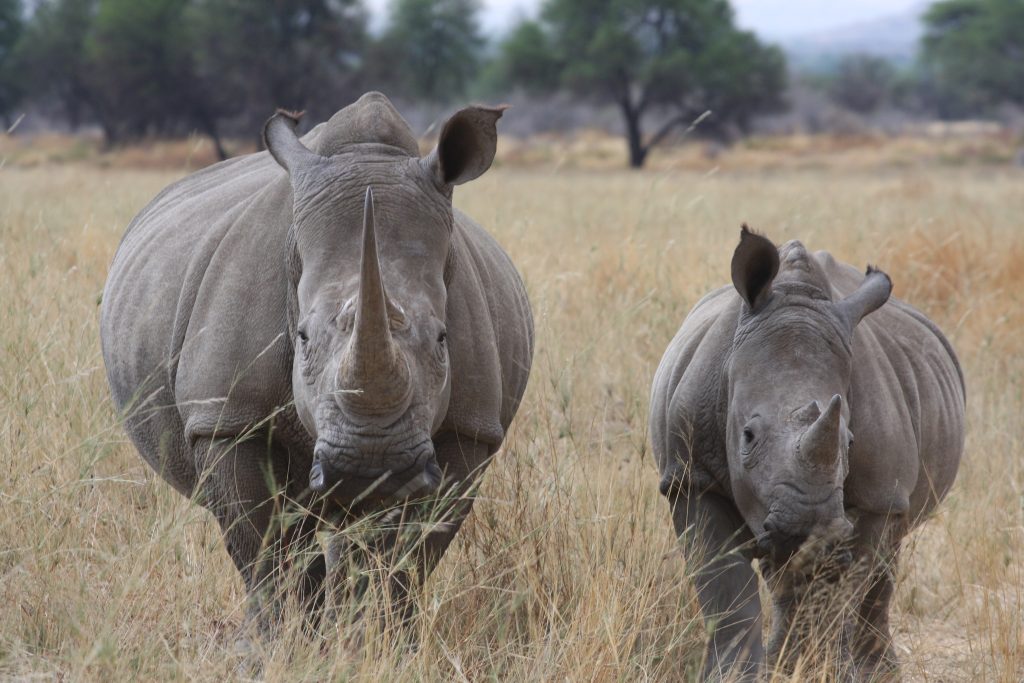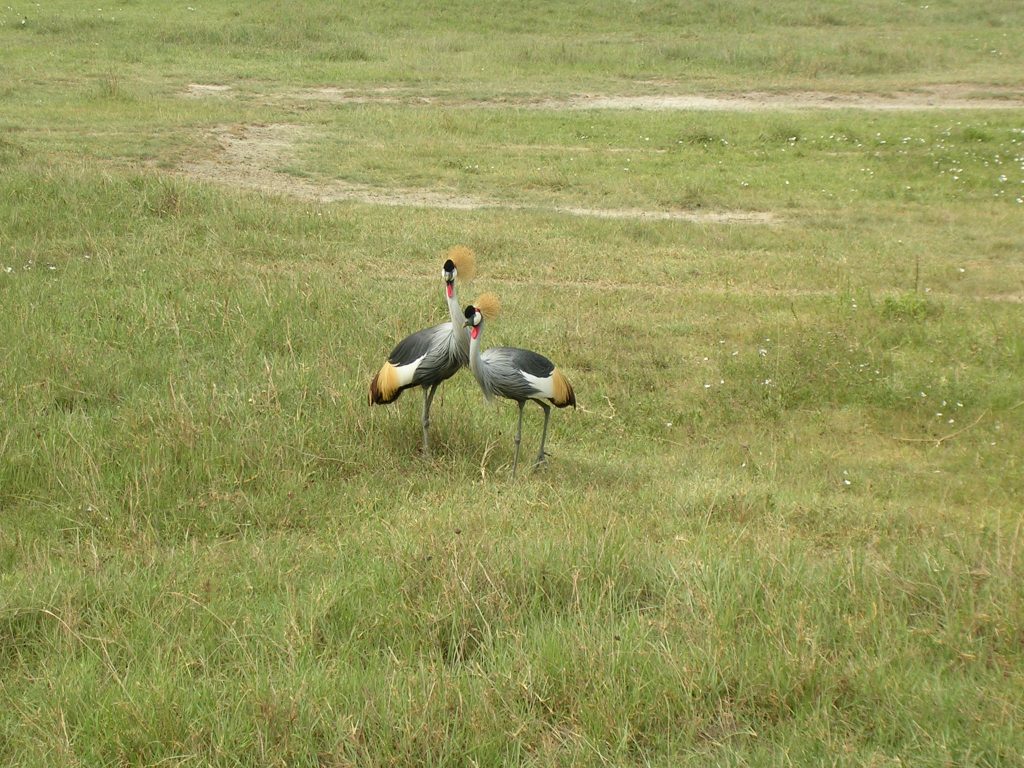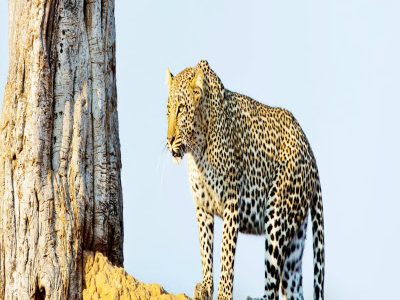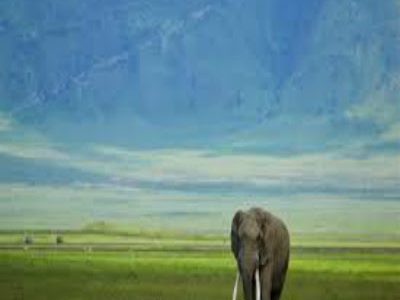Ngorongoro Conservation Area
Ngorongoro Conservation Area is the most amazing safari destination on the planet. The Ngorongoro Conservation Area continues to draw more than half million visitors to its wild climb each year. The Ndutu area forms the northwestern part of the Ngorongoro Conservation area which covers an area of just over 8,000 Km2 including the spectacular Ngorongoro Crater, the Olduvai Gorge, forests, mountains, and the vast plains of Ndutu stretching unfenced to Serengeti. Ndutu area famed as one of the best area to spot the fabled African "Big Five", it also touts a formidable wealth of other large mammal life that have flourished between the looming hills of the Ngorongoro Crater.
This highly visited African attraction is the world's largest inactive, unbroken, and unfilled volcanic caldera. Its uniqueness lays in the fact that the Ngorongoro Conservation Area is where man, livestock and wild animals live in peace. Maasai can cattle sometimes be seen grazing alongside zebras on Ngorongoro's grassland. It is a home to up to 30,000 animals including some of Tanzania's last remaining black rhino. The rhino emerge from the forests in the mists of early morning, and their pre historic figures making a striking impression, surrounded by the ancient crater walls. Animals are free to enter or leave the crater, but many of them stay for the plentiful water and grazing available on the crater floor throughout the year.
Size:
8,300sq km
Getting to:
A protected area and World Heritage Site located in Northern Tanzania, Ngorongoro Conversation Area is 180 kilometers west of Arusha in the Crater highlands.
Best time to visit:
Game viewing within the Ngorongoro crater is excellent all year round. However the best time to visit the park is in the dry season which starts in June, then July, August, and September since you can see several animals.
Why you should Visit?
- The Ngorongoro Crater was formed when a large volcano erupted and collapsed on itself. This explosion created a caldera approximately two and a half million years ago.
- Approximately 40,000 people live in the conservation area. They share land with an incredible amount of wildlife. There around 30,000 animals ranging from leopard, cheetah, elephant and hyena to warthog, buffalo and impala. It's also one of the best place to see the endangered black rhino and black-maned male lions.
- The Ngorongoro Crater along with two others in the region (Olmoti and Empakai) were enlisted as an UNESCO World Heritage Site in 1979. It's also one of the Sevens Natural Wonders of Africa.
- The Ngorongoro Conservation Area is one of the most important prehistoric sites in the world. The fossils discovered there are said to be the earliest known evidence of the human species.
- The Ngorongoro Crater is also referred to as 'the Garden of Eden' due to its dazzling beauty and being a paradise for animals. You can see all 6 species of cat in the Ndutu area -Lion, Leopard, Cheetah, Serval, Caracal and African Wild Cat.
- Ndutu Area
The Ndutu area in the northern part of the Ngorongoro Conservation Area joins the Serengeti. Is famed for its short grass plains which grow rich in nutrients and sustains the migratory animals whilst they have their babies. Ndutu is the perfect base for seeing the drama of the migration and all that is involved with it. There is also a lot of resident game in the Ndutu area.

